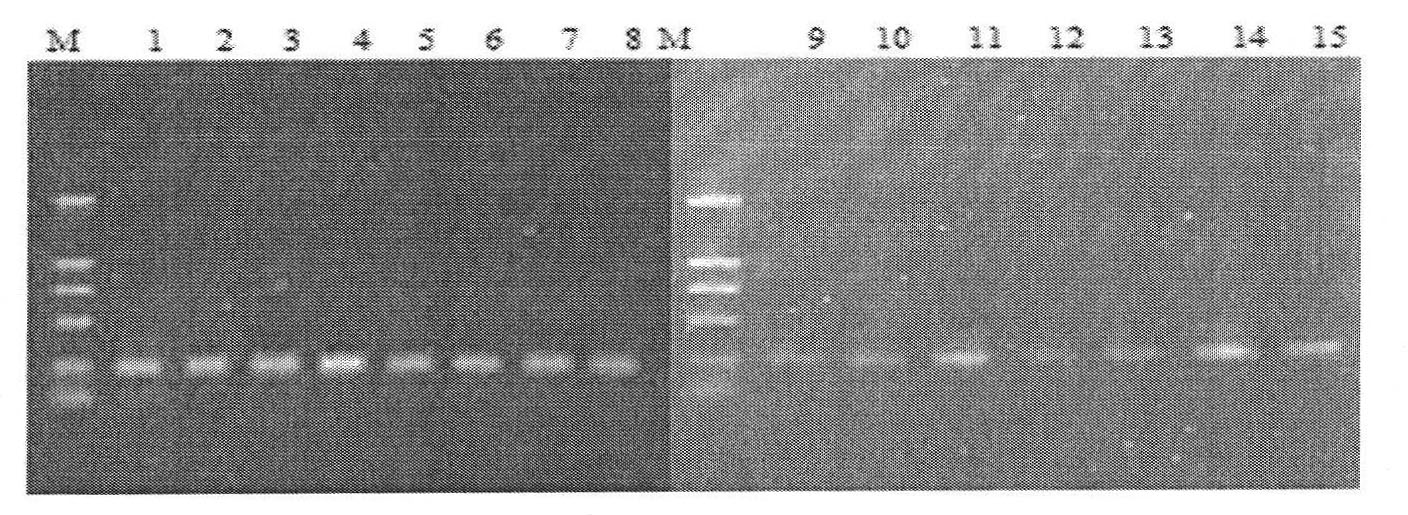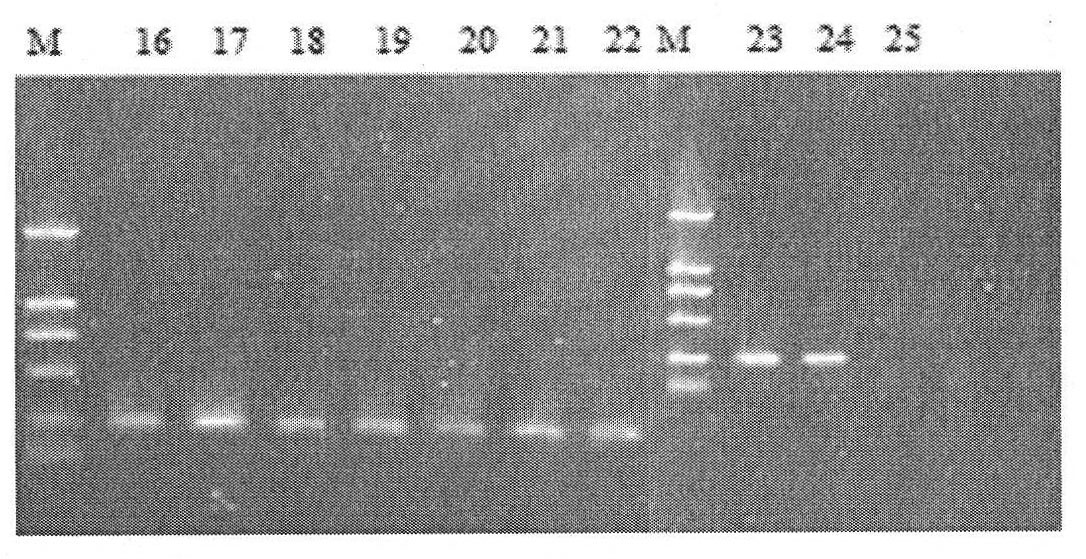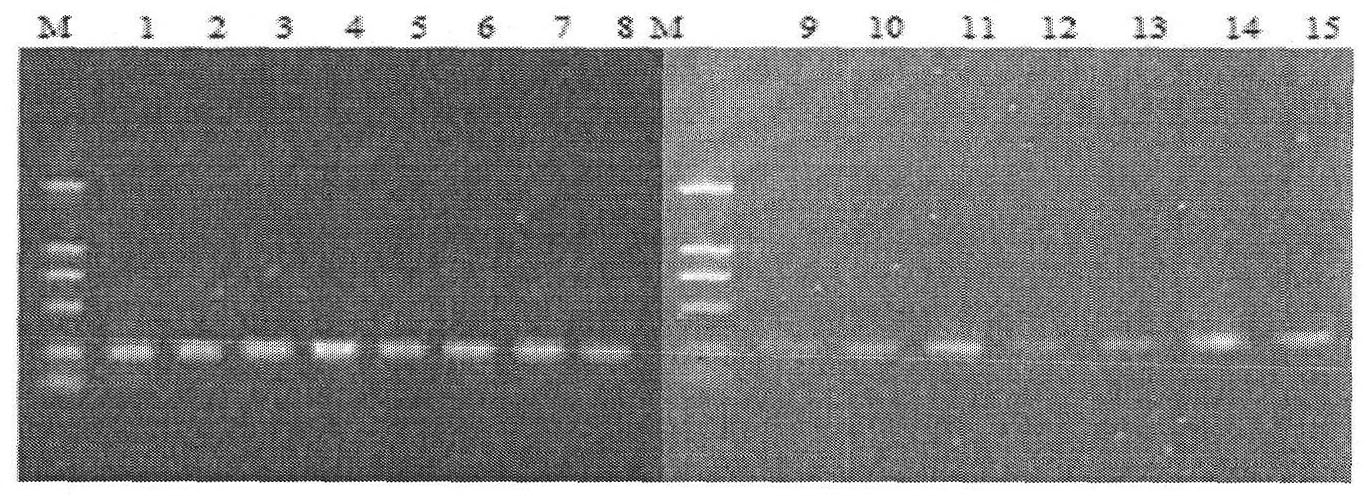Use method of DGGE (Denaturing Gradient Gel Electrophoresis) technology in detecting phytoplankton structure
A technology of phytoplankton and community structure, applied in biochemical equipment and methods, measurement devices, microbial measurement/inspection, etc., can solve problems such as amplification, fragments cannot be separated well, and extraction efficiency is different
- Summary
- Abstract
- Description
- Claims
- Application Information
AI Technical Summary
Problems solved by technology
Method used
Image
Examples
Embodiment Construction
[0051] The invention provides a method for using DGGE technology in detecting phytoplankton community structure, wherein, comprising the following steps:
[0052] The phytoplankton water sample was first filtered with a 200-mesh sieve, and then the filtered seawater was filtered with a nitrocellulose membrane with a pore size of 0.45 μm. The filter membrane was transferred to a 2ml Eppendorf tube and placed at -20°C for phytoplankton. Analysis of community diversity;
[0053] Collect and wash algal cells: add 750 μl TE buffer to the collected algal cells to wash the algal cells, centrifuge at 10000 rpm at 4°C for 10 minutes, carefully discard the supernatant; add 250 μl TE buffer to suspend the algal cells;
[0054] Lyse algae cells: add 500 μl preheated 55°C extraction buffer, mix well, put in 55°C water bath for one hour, until the algae liquid is transparent; put into 4°C refrigerator to cool for 3 minutes;
[0055] Extraction: Add 1ml of chloroform:isoamyl alcohol (24:1),...
PUM
 Login to View More
Login to View More Abstract
Description
Claims
Application Information
 Login to View More
Login to View More - R&D
- Intellectual Property
- Life Sciences
- Materials
- Tech Scout
- Unparalleled Data Quality
- Higher Quality Content
- 60% Fewer Hallucinations
Browse by: Latest US Patents, China's latest patents, Technical Efficacy Thesaurus, Application Domain, Technology Topic, Popular Technical Reports.
© 2025 PatSnap. All rights reserved.Legal|Privacy policy|Modern Slavery Act Transparency Statement|Sitemap|About US| Contact US: help@patsnap.com



